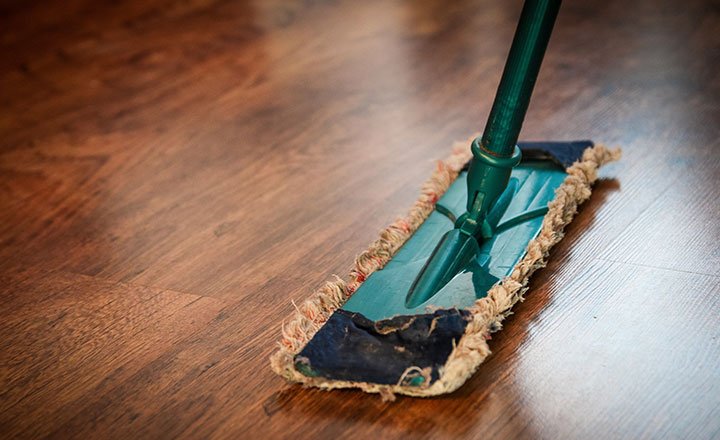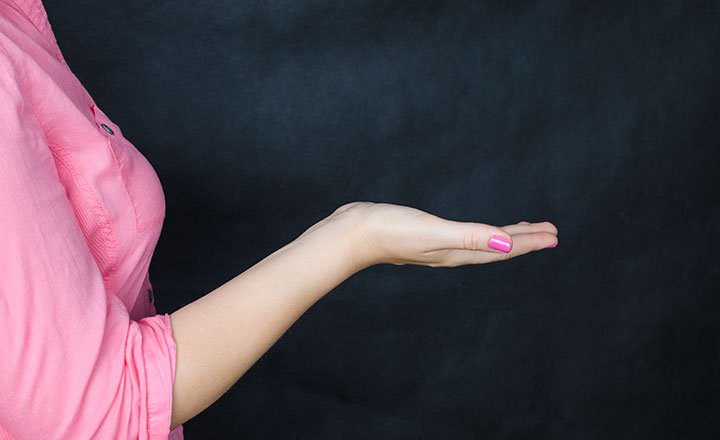
Everybody Has Been The ‘CC Greenhorn’
Concealed carry is not rocket science. It’s a different type of ‘science’ and the more you know the better. Let’s just say that you decided to get a handgun for your self-defense needs or you are just thinking about getting a concealed carry permit. Or maybe you already are a concealed carrier. No matter your CC stage, the process probably went something like this.
Your decision to carry concealed may have been a response to an event or other circumstance. Then you’ve attended some classes, read some articles and guides on the internet or in any magazines and maybe had a chat with a gun owner. The gathered information then helped you choose the right mindset, the right class, the right training method, the right gun and the right holster.
All things mentioned above are correct and great. But there are some things that no one tells you and it’s up to you to find out, the easy or the hard way. We learn our whole lives, but sometimes it’s good to know about certain things connected with concealed carry that can help you avoid compromising situations.
No. 1: No One Is Staring At Your Gun

You may have noticed that there is a condition called Concealed Carry Anxiety Syndrome, CCAS in short. It’s a condition where you are certain that people noticed, notice or will notice your concealed gun and expose you, taking away the advantage of concealed carry.
The first thing to remember is that if you are not really an attention seeker (that tacticool shirt and camo shorts may hint something), you won’t attract additional attention from people. The human brain is loaded daily with approximately 34 GB of information [1], that means that one look from a random person at you - an ordinary looking person - won’t tell his/her brain to stop and examine you. So, if you are not attracting attention you can be sure no one is staring at your gun.
The second thing to remember is that you have to dress to conceal. Dressing to impress is also good, but if it’s summertime and you want to carry a full-size 1911 under a T-shirt the impression may be a negative one. You can either own several guns for CC or always dress with concealment in mind. The main cause of CC anxiety may be printing, and dressing to conceal helps it. And keep in mind, that your firearm training surpasses the firearm training of ordinary people, so if they see a bulge or wrinkle they don’t automatically scream “gun!”.
And last but no least, there is a big importance of not drawing unwanted attention to your firearm. The less attention you pay to your gun yourself means the less other people will do. And the more you try to hide the more suspicious you get so just relax. No one is staring at your gun.
No. 2: One holster is never enough
After you decide on which guns to purchase you need to think about which holsters will the guns fit in best. There are plenty of ideas for carrying that you can find, either by asking your community or by asking the internet Let’s just share some of the options.
Carrying under a garment - shoulder holsters
Probably best when there is still a little chill in the air and you decide to have a jacket or plaid shirt, the same goes for business carry if you are wearing a tuxedo that you won’t put away. These sorts of clothes can be matched with shoulder rigs. They can hold your gun only, or the counterpart can be a mag / speed loader pouch. Or the better version - another gun. Choosing between horizontal or vertical rigs depends mostly on your preference or on the size of you firearm. Bigger ones can be concealed in a vertical shoulder holster. Or if you want to do a compromise, you can choose a vertical roto shoulder rig - carry vertical and draw horizontal.
Carrying under a garment - OWB holsters
Carrying under a garment is not limited only to shoulder rigs, there are flat pancake holsters or other that can be worn on the belt under a thin layer of clothing and won’t be visible to the common eye. Deciding which OWB holster to purchase and carry concealed is not that difficult, you just have to keep in mind that the gun should be compact or subcompact and that the holster should have a wide-spread belt loop space. The wide belt loop space helps to bend the holster more and adapt it to your body curvature. That way it will “stick” to your side. This goes for strong side carry, 4 o’clock carry, SOB holsters, cross draw holsters etc.
Carrying inside the pants - IWB holsters
Summertime choices for concealed carry are more narrow because the temperature in some areas prevents you to wear several layers of clothing. That is, if you don’t want to sweat the whole time. If you live in an area where summers are more like suburbs of hell itself then IWB carry is suited for you. You can tuck your holster inside the pants in any position and go. The smaller the firearm the better the concealment, but if you can’t let go of your full size 1911 we’ve got IWB choices and got you covered.
No. 3: Keep Your Firearm Clean

You may have the most trained mindset, the most awesome and practical custom holster but if you firearm is not clean then some bad news can be heading your way. The question is, how often should you clean your firearm? And the obvious answer is - it depends. Now let’s break it down a little.
The period of cleaning should depend on:
- The type of firearms and what is it primarily used for.
- What ammo it uses.
- What elements it has been exposed to.
The type of firearms and what is it primarily used for
Your everyday carry self defense firearm should be clean and oiled all the time. If you put effort and care in your self defense firearm, the reward will be that the bad guys won’t have the upper hand. Do this twice a week at least and once a week rigorously in the summer or whenever you are exposing your firearm to harmful elements. Your range/plinking gun that you use only for target practice, plinking etc. can go on without cleaning for 3 - 4 trips to the range. After that do a in-depth cleaning and all should be ok.
Your revolver is not a magical, dirt-resistant tool, it needs cleaning as well. Any type of carbon build up may cause serious flaws such as the inability to pull the DA trigger. Clean it depending on the use, but the bottom line is - clean it. If you have a lot of guns just stored in a designed gun safe and you don’t use them often, they can be left for a period up to 6 months and cleaned after that. Just remember if you happen to pick one of those guns and use it, then clean it. Don’t count on “I just used it once so it’s clean, ain’t it.” mentality.
What ammo it uses
The type of ammunition can be cut down to corrosive or non-corrosive ammo. And corrosive ammo is the real problem.
If you are using corrosive ammo, that is ammunition that uses a primer that has chemical components that when ignited leave a residue of corrosive salt. [2] The components consist of potassium chlorate, or sodium petrochlorate which, when burned decompose into potassium chloride or sodium chloride - common table salt. You may think that a little salt won’t harm anything. But leaving this residue, either potassium chloride or sodium chloride, exposed to humidity initiates a reaction where they can form a powerful acid that will cause the steel to wear.
So remember to clean your gun if you are using corrosive ammunition, each time you fire rounds.
What elements it has been exposed to
Natural elements affect your gun more than you think. As was mentioned before, the combination of use and ammo can leave your gun less resistant to damage and if you count in elements such as moisture, humidity or dust, you can hear the train of bad news coming your way.
If you are going hiking or hunting and the weather is cold and damp be sure to clean your firearm the moment you return. Even if you haven’t fired a round. Clean it and oil it. If you are exposing your firearm in a dusty environment be sure to clean it as well, especially if you own a stainless steel firearm. It is true that stainless steel is resistant to water, moisture and dampness, but this type of steel is softer than other steel and can be harmed by small particles of dust.
Conclusion - If you're not sure how to go about concealed carry, read a guide
It's quite interesting how vast the topic of concealed carry is, isn't it? I do hope the CCW secrets above have helped you understand better how to conceal your firearm on your daily whereabouts. However, if you're interested in more tips & tricks on CCW, there's plenty concealed carry guide blogs out there worth reading. You can learn how to concealed carry pes the sizes of NAA up to S&W. There's one thing most articles on CCW have in common, though - they'll all instruct you to get a well made concealed carry gun holster.





